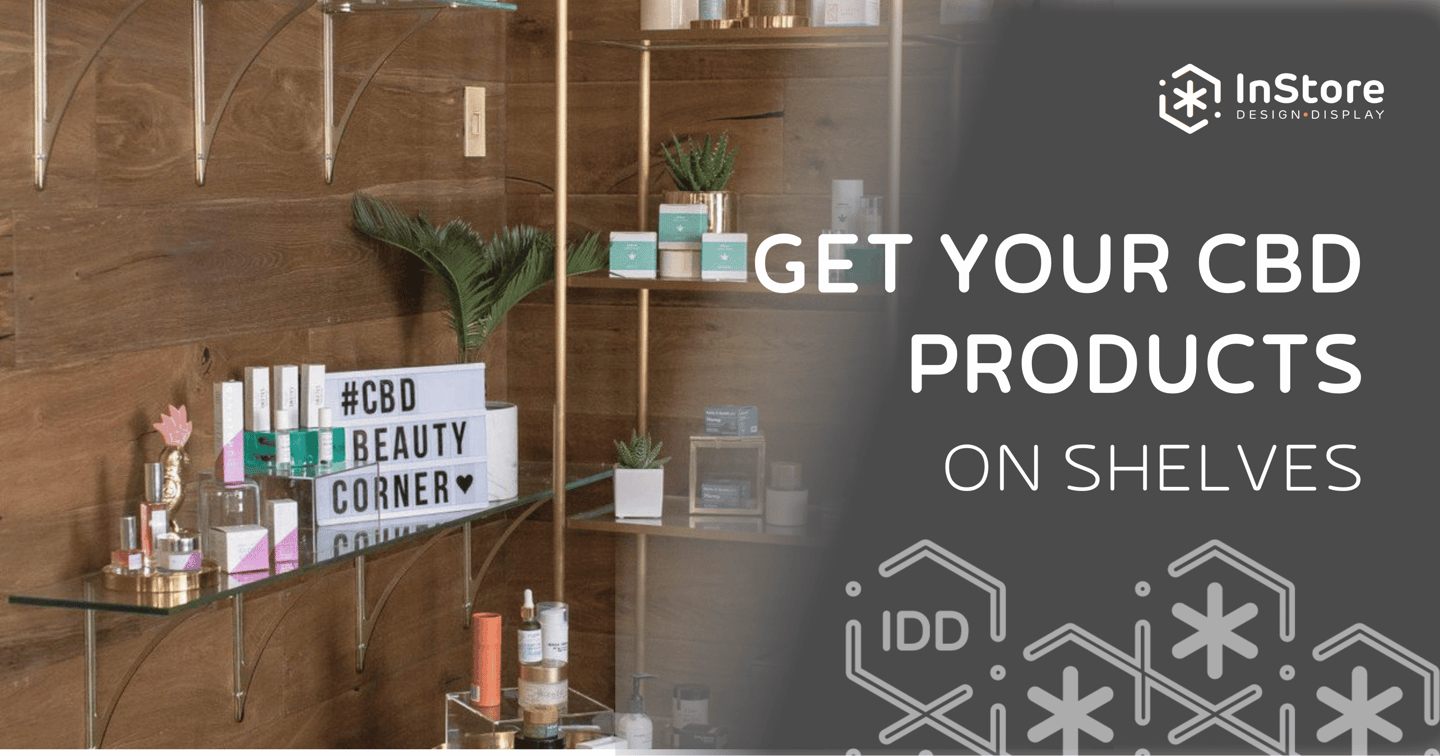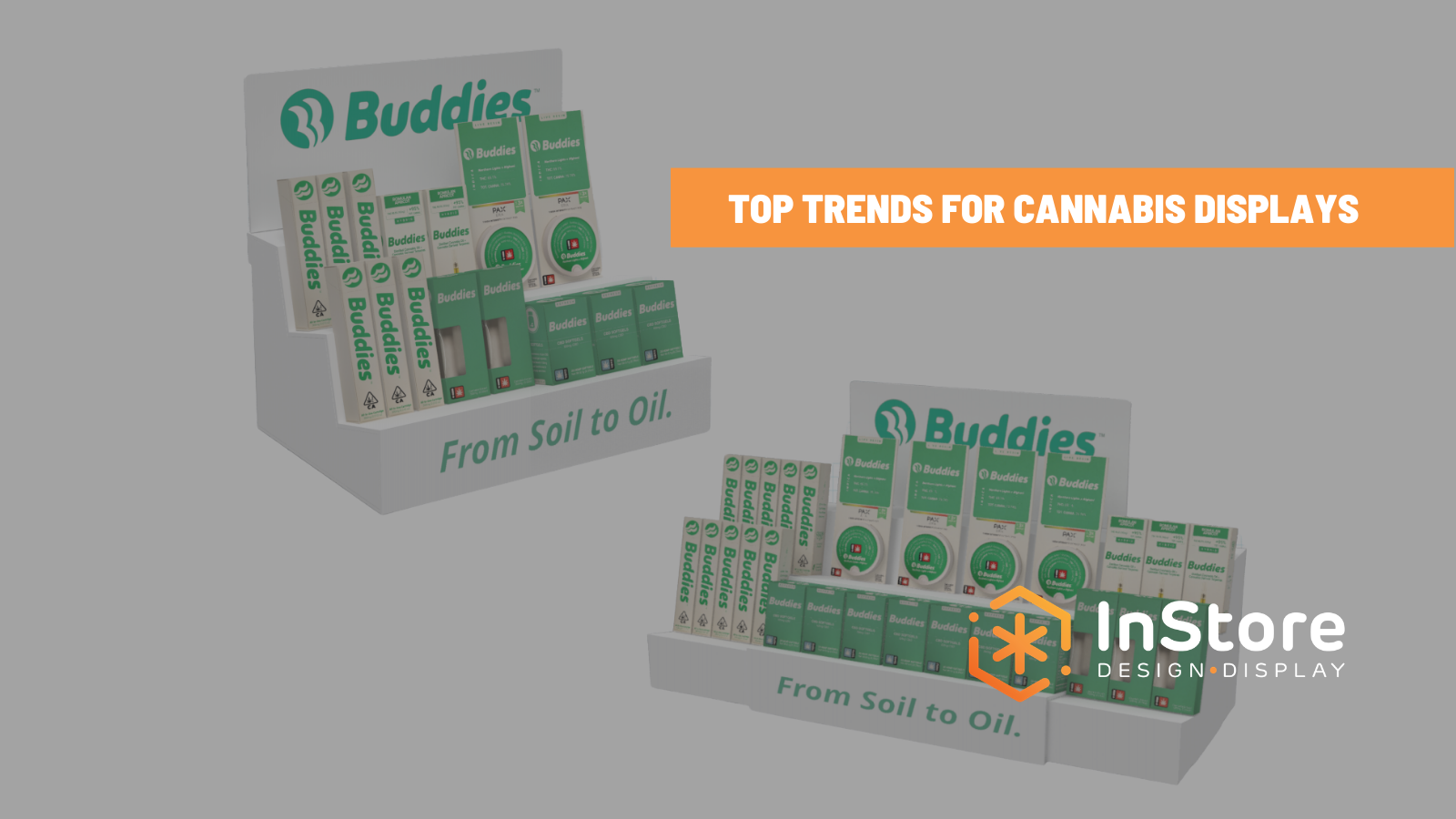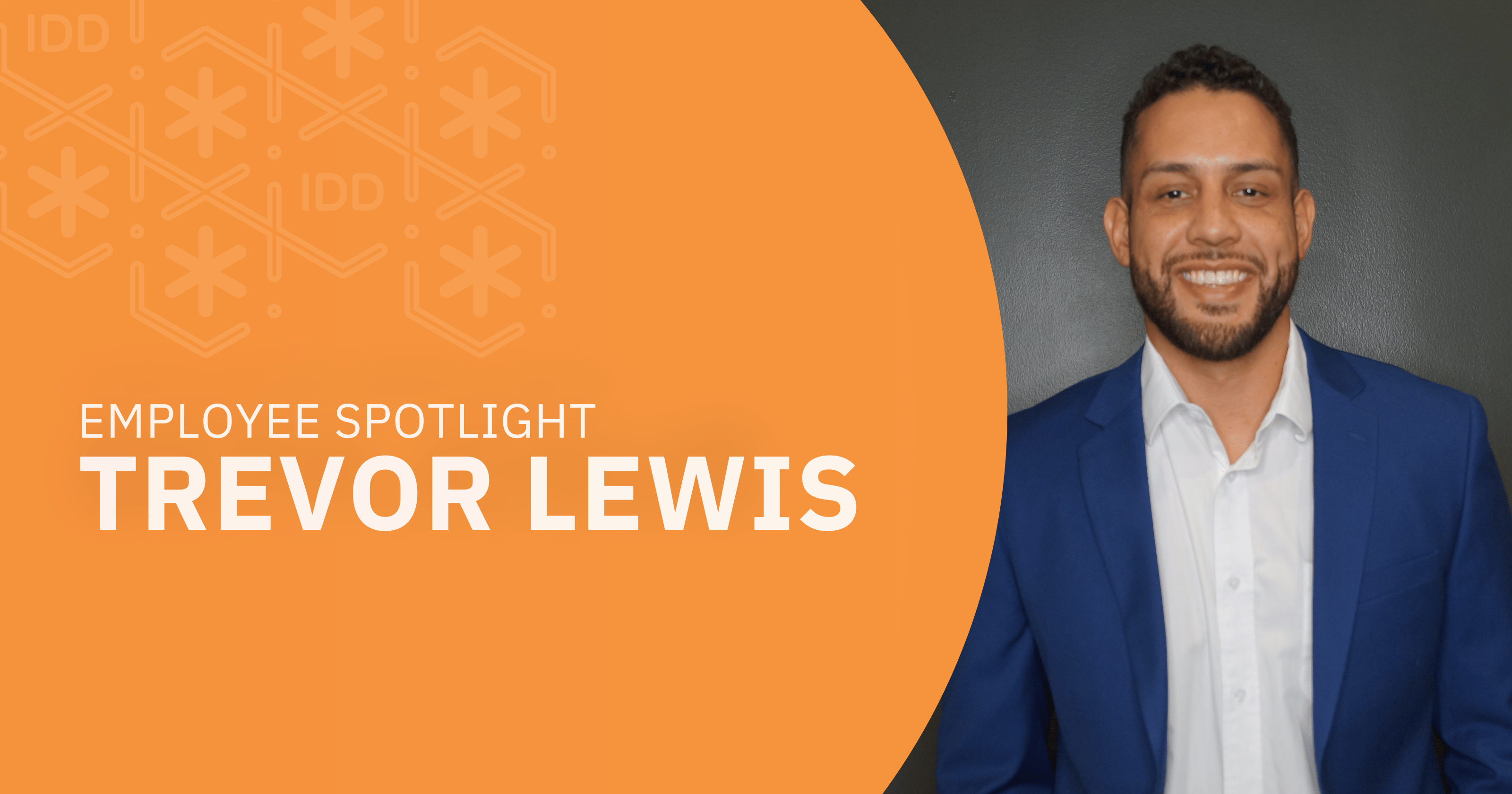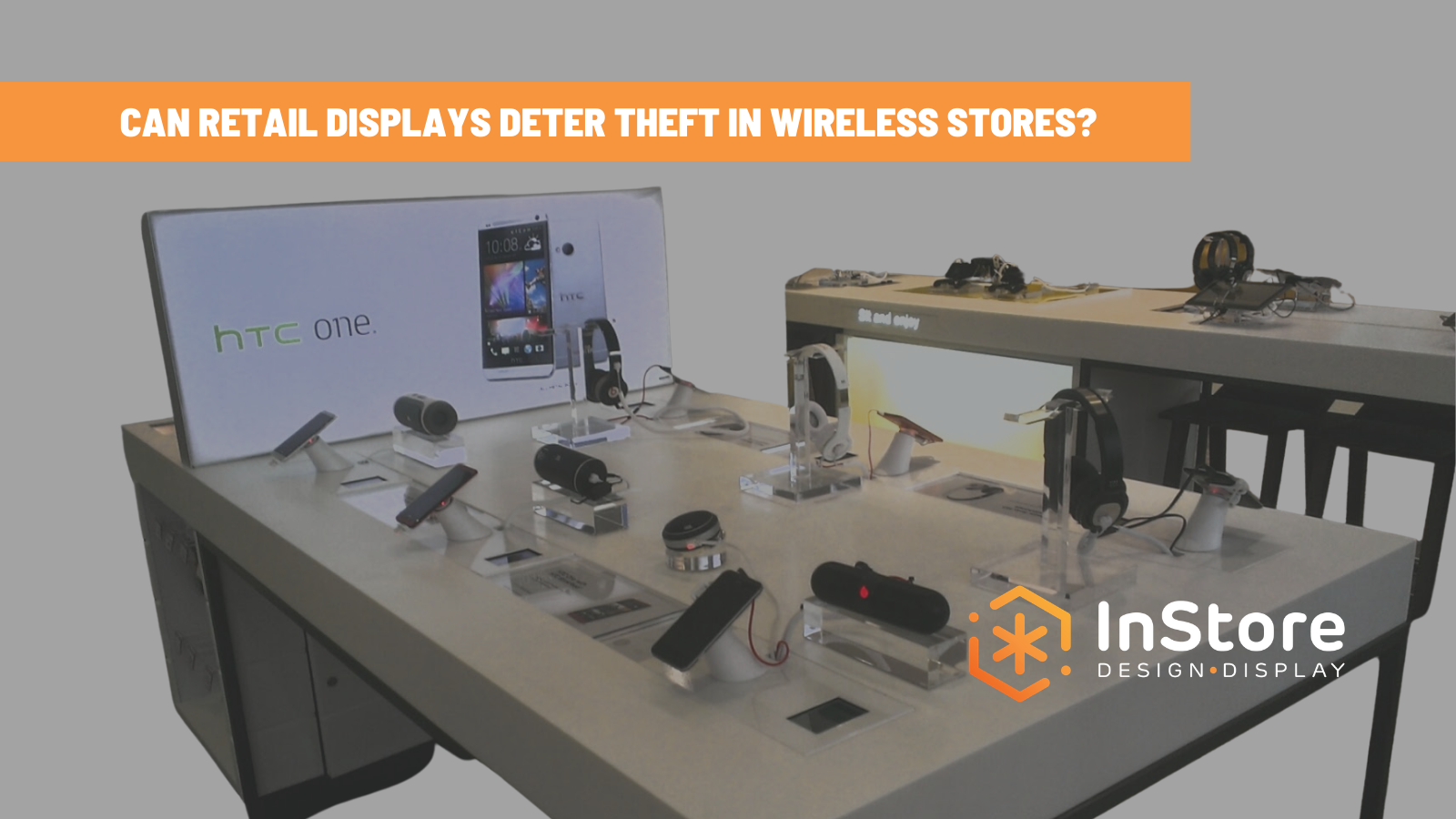
Tips and Tricks for Selling CBD
Cannabidiol (CBD), a compound found in hemp and cannabis plants, is becoming increasingly popular as a dietary supplement. In fact, the CBD industry is projected to hit $20 billion in sales by 2024. So, it is not surprising that there are more than 3,000 brands in the market, hoping to ride the wave of success and reap the rewards.
Regardless of the overwhelming adoption of CBD (33% of Americans) and the fact that hemp and hemp CBD are federally legal following the signing of the 2018 Farm Bill, the industry still faces challenges in advertising, banking, and insurance.
Like many other industries, distributors of CBD are facing challenges when attempting to get their products on store shelves. Furthermore, they are struggling to stand out from the oversaturated CBD market.
InStore Design Display, like the majority of B2B companies, has a team dedicated to identifying and pursuing new business. We have been among the millions of business development teams who are identifying new clients and opportunities while adhering to stay-at-home and social distancing orders. We've learned a thing or two since the pandemic began. By blending our industry knowledge gained by working alongside CBD and Cannabis brands with our own approach to sales, we developed this how-to guide for CBD companies.
The Basics
There are some basic rules of thumb to follow if you're selling your CBD products into a retail store. By asking the right questions and doing a little homework, you will save yourself the headache of chasing opportunities that are not a good fit. Let’s review these basic tips before we learn more about the nuances of selling virtually and in-person.
Make your credentials known
Whether you are calling, emailing, or stopping by in person, the first step in solidifying your brand as reputable and trustworthy is to acknowledge that your products are badged with the Marijuana Enforcement Division or the equivalent of this designation in your own state.
Know your product
Be able to communicate your products’ differentiators. Regardless of the method you are using for outreach (phone, email, social media), be able to concisely communicate what distinguishes your product from all the others that are sold in their store currently. There are many gaps in product offerings on dispensary shelves. Brands that can help fill a void on the shelf will find a receptive audience among buyers and decision makers.
Example: Point out that your tincture is agave based, and it doesn’t have an oily or chemical taste like some of the other tinctures.
Know all your numbers
The general mark-up standards in the cannabis industry point toward 2-2.5x of the actual cost of the product. Knowing the price-point and how it competes with similar products is vital.
Understand your customers
Not every dispensary has the same clientele. Before investing your time and energy into trying to get your products on their shelves, it would be beneficial to ask who their target demographic is and what types of products sell the best.
Example: “By far the hottest category is 1:1 THC to CBD. This comes in the form of candy, capsules, and tinctures. It may be in part because our market is dominated by people above 50 years old, but CBD is very popular despite being more expensive.” says Liam Comer from Growhouse Dispensary, Nederland, CO
Example: Certain cities/regions are more health conscious than others. When dispensaries in these areas are choosing which edibles to stock their shelves with, a sugar-free, gluten-free option may pique more interest than saccharine candy and sugar-bomb brownies.
Deliver a brick and mortar experience
Good, presentable packaging is a must. Great presentation helps buyers realize your product will stand out on an increasingly competitive shelf.
Take the consumer experience with your brand a step further—providing engaging fixtures or point of purchase displays that tell your brand story will not only help draw attention to your products, it reduces the amount of blank space that may exist on shelves.
Go social...but be careful
Influencers (aka brand ambassadors) are the elite marketing trendsetters of 2020. This marketing trend is beneficial for CBD companies, due to the heavy regulations surrounding traditional advertising methods.
According to Courtney Wu, CEO, and co-founder of AMNESIA, “In the old days, marketing was a parent-child relationship whereby the brand pushed customers to buy a product because they knew what was best. These days, brands and consumers are peers. It is crucial to develop a direct and meaningful relationship with consumers. Influencers curate their communities and therefore represent a direct line into the hearts and minds of the members. Cannabis and CBD Influencer marketing is a crucial strategy to humanize and legitimize a brand in the eyes of the consumer.“
Tips for Selling
- Set a daily standup meeting. Improve collaboration around what’s working and what’s not by implementing recurring meetings to share the latest from your conversations with clients and prospects. At IDD, we have found these daily huddles also reduce the feelings of isolation that can happen to anyone during this time, especially those in business development.
- Use video. Bridge the gap where trade shows and other in person opportunities once stood by opting for video calls vs. phone calls. Doing this humanizes you and your brand and allows the client to begin to know, like, and trust you.
- Show your personal brand on social media. Emphasize the importance of sharing company and brand updates on social media. Your friends and family want to support you, so request that your followers like, share, and comment to boost your exposure.
With these tips, get ready to sell more CBD products into brick and mortar retailers and get your products onto more shelves.
Subscribe Here
Stay up-to-date on what's happening on our podcast and blog.



